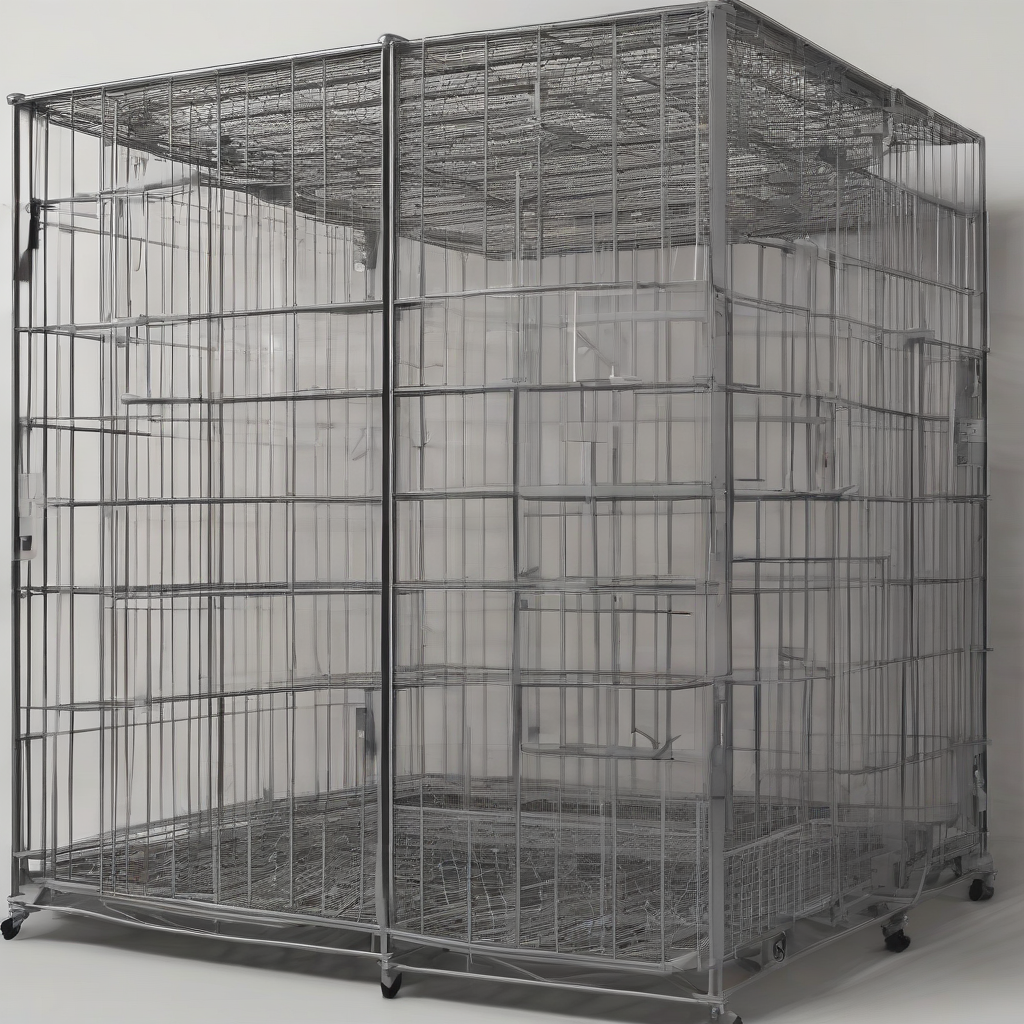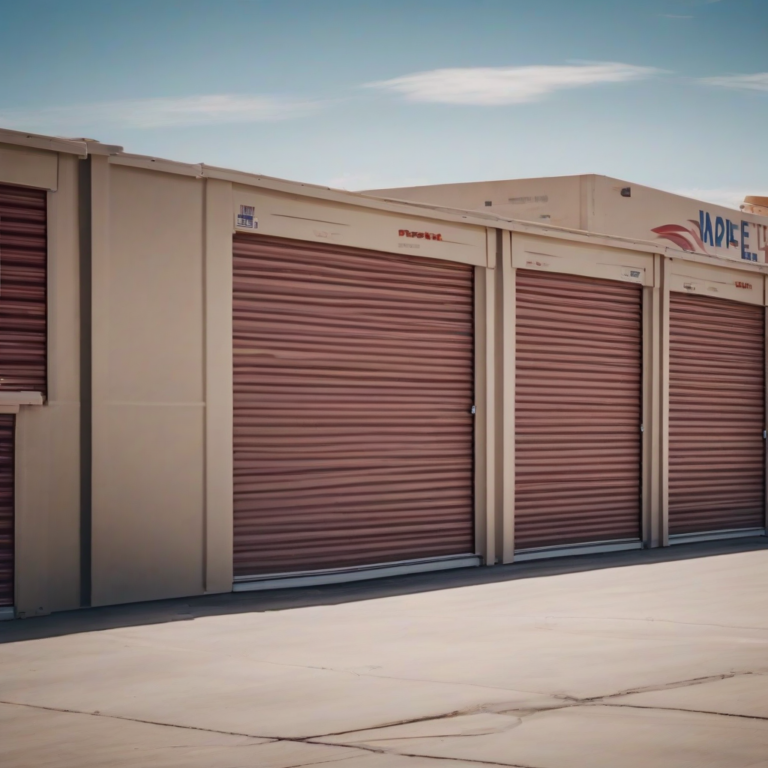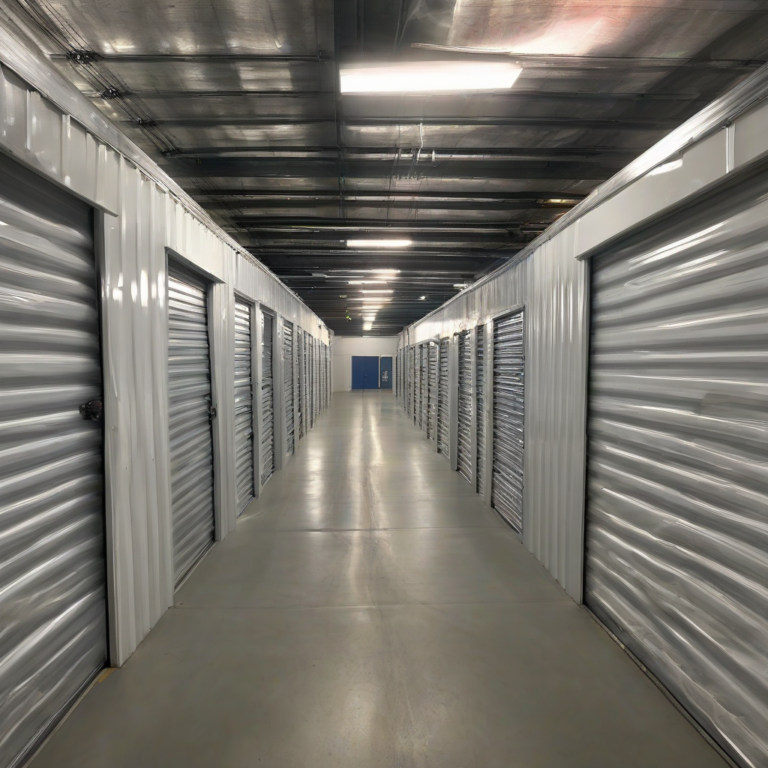Propane Storage Cage: A Comprehensive Guide to Safety and Compliance
Propane Storage Cage: A Comprehensive Guide to Safety and Compliance
The safe storage of propane is paramount, given its highly flammable nature. Propane storage cages provide a crucial layer of protection, mitigating risks associated with accidental damage, theft, and unauthorized access. This guide delves into the intricacies of propane storage cages, covering design considerations, material selection, regulatory compliance, and best practices for installation and maintenance.
Understanding Propane Storage Regulations
Before discussing the specifics of propane storage cages, it’s essential to understand the relevant regulations and standards that govern their use. These regulations vary depending on location (national, state, or local), but generally aim to prevent accidents and protect public safety. Key considerations often include:
- Distance from ignition sources: Propane tanks must be stored a minimum distance from potential ignition sources, such as open flames, electrical equipment, and heating systems. This distance is often specified in local fire codes.
- Ventilation: Adequate ventilation is crucial to prevent the accumulation of propane vapor, which can lead to explosions. Storage areas should be well-ventilated to allow for the dispersion of any leaked propane.
- Type of enclosure: Regulations may dictate the type of enclosure required for propane storage, with cages often being a preferred solution due to their ability to offer protection without fully enclosing the tanks, thereby promoting ventilation.
- Tank size and capacity limitations: Regulations may limit the total capacity of propane stored in a single location, and the size of individual tanks allowed.
- Grounding and bonding: Proper grounding and bonding are essential to prevent static electricity buildup, which could ignite propane vapors.
- Signage and labeling: Clear signage indicating the presence of flammable materials is mandatory, warning individuals of potential hazards.
Design Considerations for Propane Storage Cages
The design of a propane storage cage is critical to its effectiveness. Several factors need careful consideration:
- Cage Size and Dimensions: The cage must be adequately sized to accommodate the number and size of propane tanks to be stored. Sufficient space should be allowed for easy access and maneuverability.
- Material Selection: The cage material must be robust enough to withstand impacts and resist corrosion. Common materials include galvanized steel, powder-coated steel, and other durable, weather-resistant materials. The choice depends on the environment and the level of protection required.
- Mesh Size and Spacing: The mesh size of the cage should be small enough to prevent unauthorized access and accidental contact with the tanks, while still allowing for adequate ventilation. This is particularly important to prevent accidental damage or tampering.
- Door and Locking Mechanisms: Secure doors and locking mechanisms are essential to prevent theft and unauthorized access. High-quality locks and robust hinges are crucial.
- Grounding Provisions: The cage should be designed to facilitate proper grounding and bonding, which is crucial for safety. This might involve specific grounding points within the cage structure.
- Weather Protection: The cage should offer some degree of protection from the elements, especially in harsh climates. This might involve a roof or other weatherproofing measures. However, maintaining adequate ventilation should remain a priority.
- Accessibility: The cage needs to be designed for easy access to the propane tanks for inspection, maintenance, and exchange. This could involve using appropriate sized doors and clear pathways.
Material Selection for Propane Storage Cages
The choice of material significantly impacts the durability, longevity, and safety of the propane storage cage. Key considerations include:
- Steel: Galvanized steel and powder-coated steel are popular choices due to their strength, corrosion resistance, and affordability. Powder coating enhances durability and provides additional protection against rust and weathering.
- Aluminum: Aluminum is a lightweight and corrosion-resistant option, but it may not be as strong as steel. It’s suitable for lighter-duty applications or in environments with high humidity.
- Other Materials: Other materials, such as wire mesh with heavy-duty framing, can also be used but may not offer the same level of protection as steel or aluminum. The suitability of the materials should align with regulatory requirements.
It is crucial to select materials that meet or exceed industry standards for strength and corrosion resistance to ensure the cage’s long-term effectiveness in protecting the propane tanks.
Installation and Maintenance of Propane Storage Cages
Proper installation and regular maintenance are crucial for ensuring the safety and effectiveness of the propane storage cage. Key aspects include:
- Level Ground: The cage should be installed on a level, stable surface to ensure stability and prevent tipping.
- Secure Anchoring: The cage should be securely anchored to the ground using appropriate fasteners to prevent movement or displacement. This is vital for preventing accidental damage.
- Grounding Connection: A proper grounding connection must be established to prevent static electricity buildup. This usually involves connecting the cage to an earth ground.
- Regular Inspections: Regular inspections should be carried out to check for signs of damage, corrosion, or wear. Any damage should be repaired promptly to maintain the cage’s integrity.
- Cleaning: The cage should be kept clean and free of debris to prevent fire hazards. Accumulated debris could easily ignite if a leak occurs.
- Compliance Verification: Regular checks must be made to ensure the cage continues to meet regulatory requirements.
Best Practices for Propane Storage
Beyond the cage itself, adopting best practices for propane storage is vital for overall safety:
- Keep tanks upright: Propane tanks should always be stored upright to prevent leaks.
- Regular tank inspections: Inspect tanks regularly for leaks, damage, or corrosion.
- Proper ventilation: Ensure adequate ventilation around the storage area to prevent vapor buildup.
- No smoking or open flames: Strictly prohibit smoking or open flames near the storage area.
- Employee training: Train employees on the safe handling and storage of propane.
- Emergency response plan: Develop and regularly practice an emergency response plan in case of a propane leak or fire.
Choosing the Right Propane Storage Cage
Selecting the appropriate propane storage cage requires careful consideration of several factors:
- Number and size of propane tanks: The cage must be large enough to accommodate the number and size of tanks to be stored.
- Local regulations and codes: Ensure the cage complies with all applicable regulations.
- Environmental conditions: Consider the local climate and choose materials that are suitable for the environment.
- Budget: Balance the cost of the cage with its safety features and long-term durability.
- Manufacturer reputation: Select a cage from a reputable manufacturer with a track record of producing high-quality products.
Conclusion (Omitted as per instructions)






